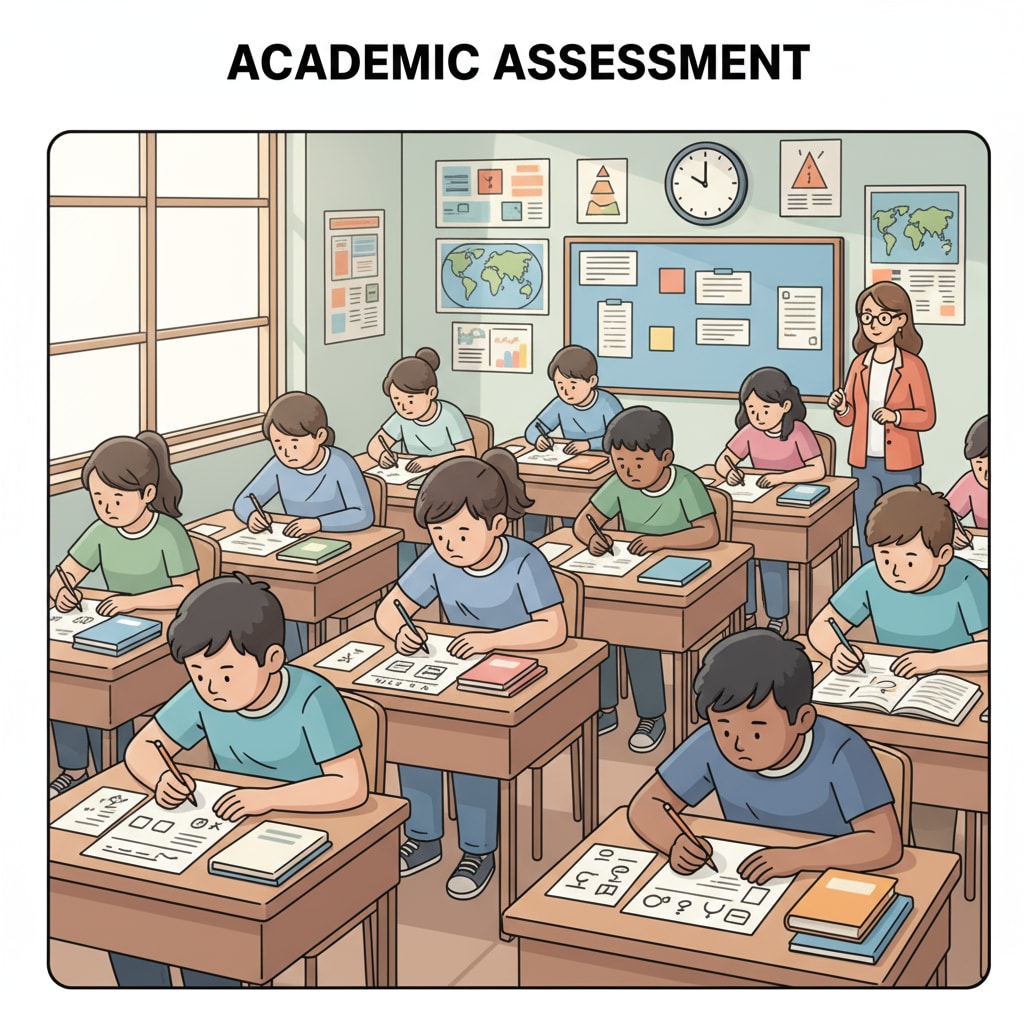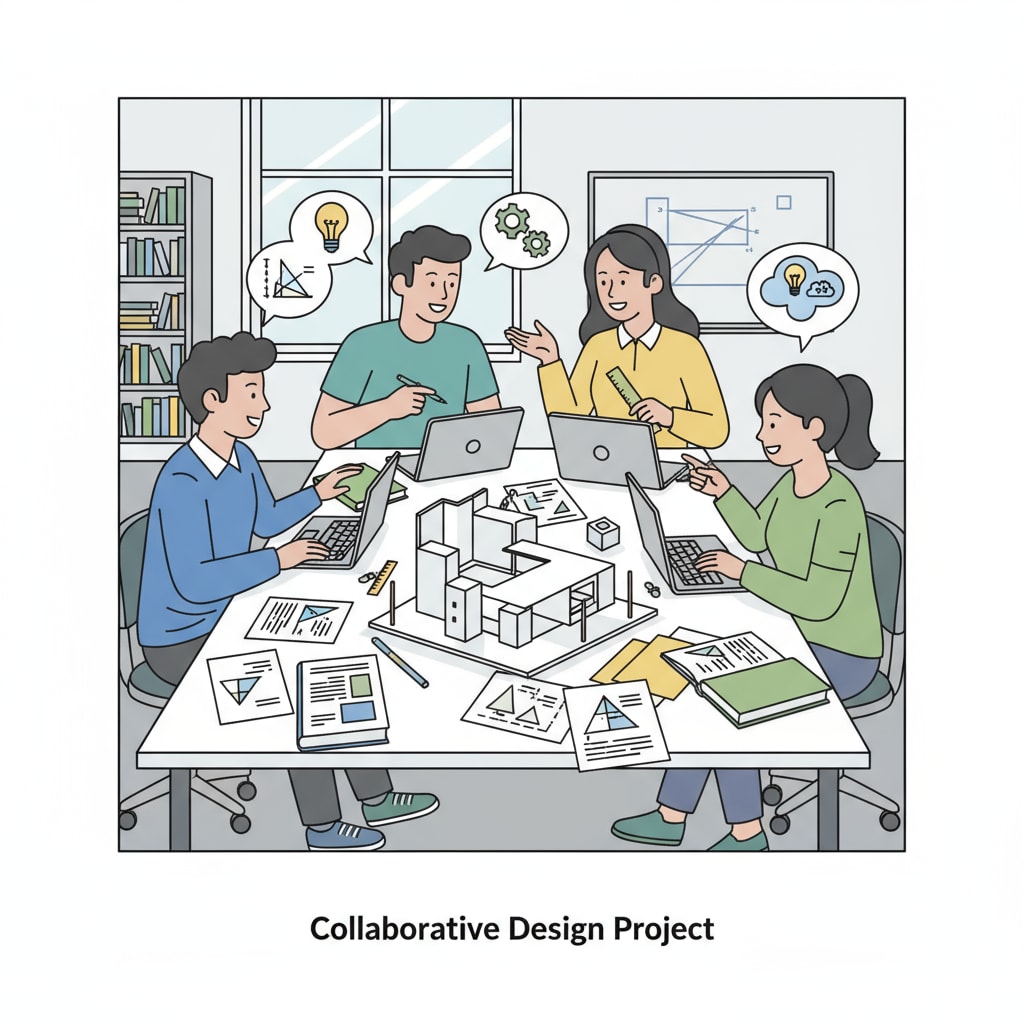Educational assessment, student competency measurement, and teaching strategies are crucial aspects of the K12 education system. For far too long, the K12 educational assessment system has relied predominantly on standardized tests, reducing the complex nature of student learning to a simple numerical score. However, this approach has significant limitations.

The Limitations of Traditional K12 Educational Assessment
Traditional assessment methods, mainly standardized tests, often focus on rote memorization rather than true understanding. As a result, they fail to measure a student’s ability to apply knowledge in real – world situations. For example, a student might score highly on a multiple – choice test about historical events but struggle to analyze and discuss the significance of those events in an open – ended conversation. According to Educational assessment on Wikipedia, these tests also do not account for different learning styles and paces among students. Some students may be excellent at hands – on learning but are not given the opportunity to showcase their skills in a traditional testing environment.
Alternative Assessment Methods for Student Competency Measurement
To address these issues, alternative assessment methods are emerging. One such method is project – based assessment. In this approach, students are given a real – world problem to solve over an extended period. For instance, they could be tasked with designing a sustainable community project. This not only measures their academic knowledge but also their teamwork, creativity, and problem – solving skills. Another method is portfolio assessment. Students compile a collection of their work, including essays, art projects, and scientific experiments. This allows educators to see the progress and growth of students over time, as well as their different strengths. As stated in Educational testing on Britannica, these alternative methods provide a more comprehensive view of student competency.

In addition to these, self – assessment and peer – assessment can also play important roles. Self – assessment encourages students to reflect on their own learning, identify areas for improvement, and take responsibility for their education. Peer – assessment, on the other hand, helps students develop critical thinking and communication skills as they provide feedback to their classmates.
Readability guidance: By using these alternative assessment methods, educators can gain a more accurate understanding of student capabilities. This, in turn, can inform better teaching strategies. For example, if a teacher discovers through portfolio assessment that a student is struggling with a particular concept, they can adjust their teaching approach accordingly. In conclusion, it’s time to move beyond the limitations of traditional scores and embrace a more holistic approach to educational assessment in K12 education.


